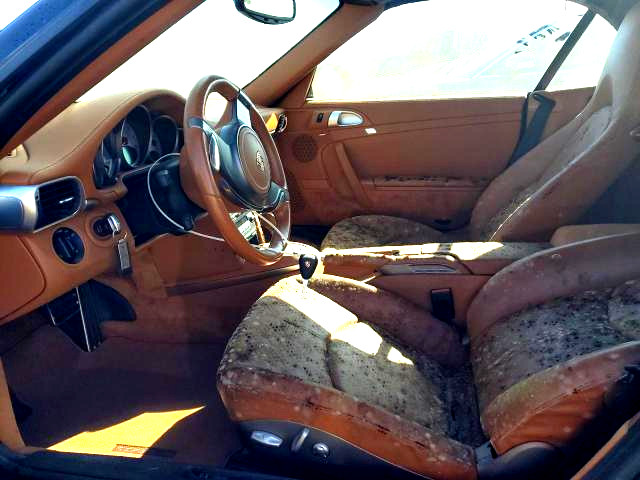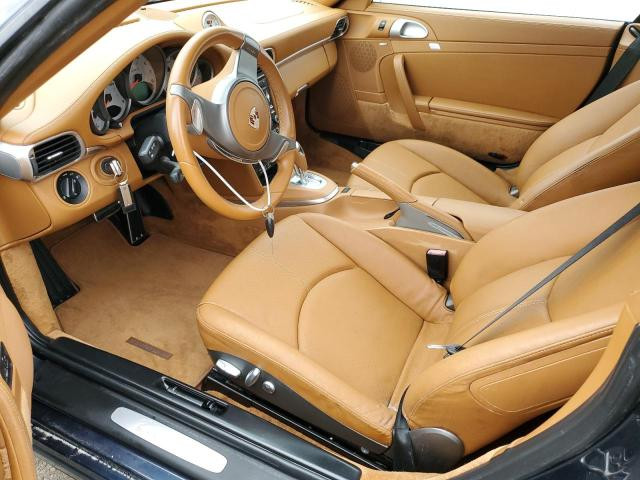Let me try and scare you off this idea.
Here's what I've had delivered to my house: Empty shell casings, drug paraphernalia, vomit, blood, restraining order documentation, and who knows what from inside their dog.
The author has watched auction houses roughly place cars onto flat beds, watched tow truck drivers scrape trim pieces off on delivery in my driveway.
General risk categories
Assuming you're not running away screaming, here are the general risk categories:
- Flood damage
- Transport damage
- Parts theft and Inspection damage
- Smells
- Last minute changes to the deal
Can you handle a flood damaged car? If so, your available vehicle range is much larger. This guide avoids them because of the potential electrical gremlins. On the other hand, this guide assumes comfort with buying a run and drive vehicle with missing body panels, or a car that has low mileage but will not start. Are you ok replacing airbags, and having exposed seams on the dashboard? If so, that's another huge increase in your available cars range.
Are you comfortable with a vehicle arriving different from the pictures? It will be picked up and put down multiple times by giant forklifts, tow trucks and people with no incentive to keep your salvage title dream pristine.
The experts say buy a car that you have inspected in person. All the vehicles purchased by the author were from looking at the online pictures only.
The various classes of water and flood damage
Full immersion, in salt water or fresh water. This is the majority of flood damaged vehicles, typically from tropical storms.
Water/flood damage. A sunroof or window is left open during a rainy weekend, and the car is flooded. This is a common occurrence in the northeast US, and the car is often drivable.
The problems water damage causes are particularly insidious and this is why they generate branded titles. Beware, as a branded title vehicle can be shipped to different markets and cleaned up. There is nothing illegal about this as the title is still branded flood. The vehicle looks fine until you find it's old pictures.
Originally in Tampa, FL for $13,400:

Flood Damage
Next in Newburgh, NY for $24,600:

After Cleaning
The various classes of transport damage
These vehicles have had a rough life, and it continues at the auction house. We're dealing with usually post-accident vehicles, and the broken window effect has taken over. Ever wonder how a auction vehicle can arrive with so much fresh damage compared to the photos? Check out forklifts and transport damage page for the details.
Parts theft and inspection damage
Moving the vehicles around at the auction house is not done solely by the employees. After the vehicle has an auction date set and is put in the 'inspection' area, anyone can come in and look at it. Of course you're not allowed to take anything from the vehicle, but there is zero supervision. You are also permitted to attempt to start the vehicle and put it in gear and move it less than 2 feet. Yes, you read that right, the keys are left in the vehicle and anyone can start it up. Did it have all the oil drained first, and then someone ran it for 10 minutes at the lot before you bought it? You have no way of knowing.
Smells
Some of these cars spend months at the auction house while paperwork is sorted out. You can inspect them in person, sit in them, and give it your best sniff. Until you start up that ventilation system you don't really know what you're getting though. Humidity changes and a simple cracked window can cause a great deal of new odors.
Last minute changes to the deal
If you buy from an auction house you're engaging with a wide variety of business risks. Similar to the airlines, they have what we want and we'll pay just about anything no matter how we are treated. They know this, and have built systems to get the most value out of you, the buyer. With all that said, it's still a better experience than any other buying experience when the sum total of availability, price and risk is considered.